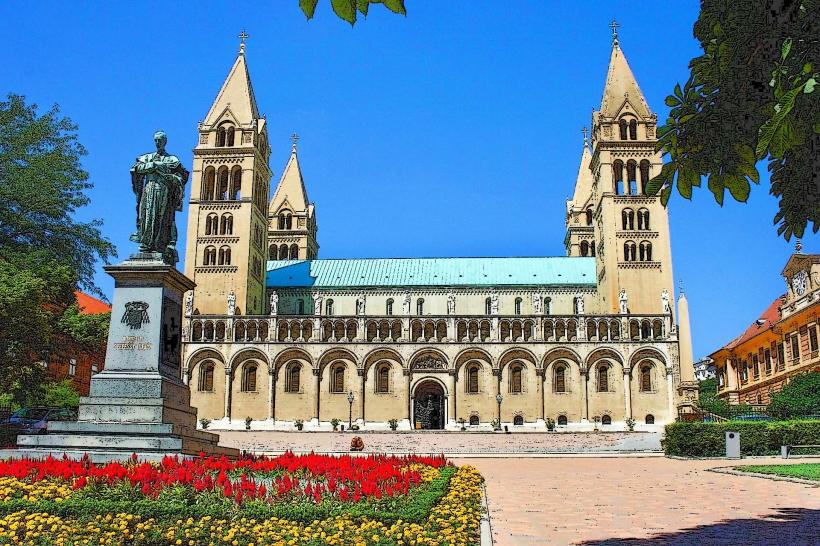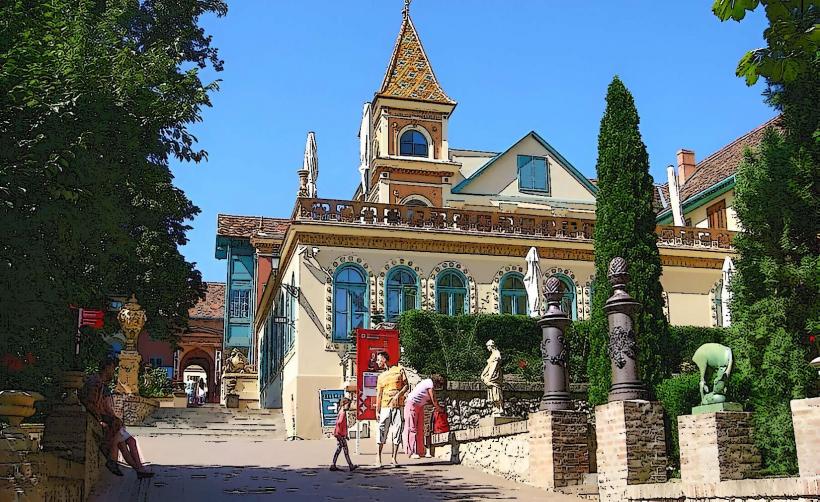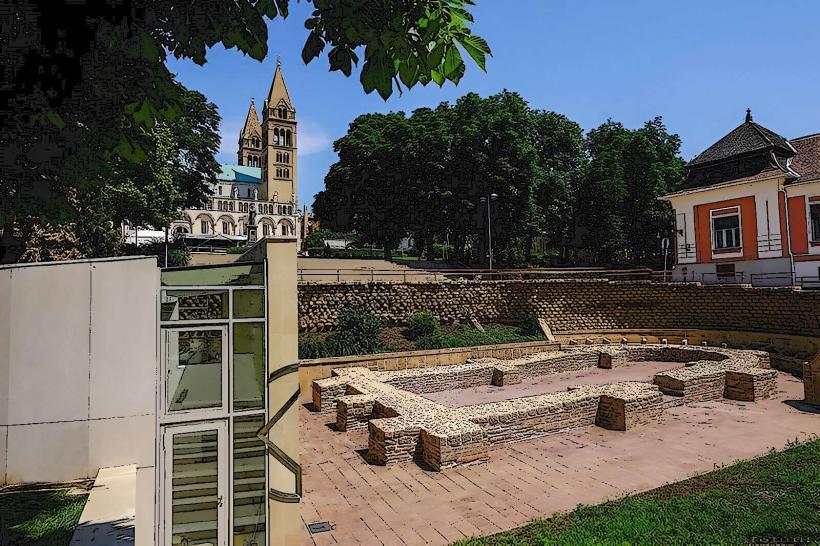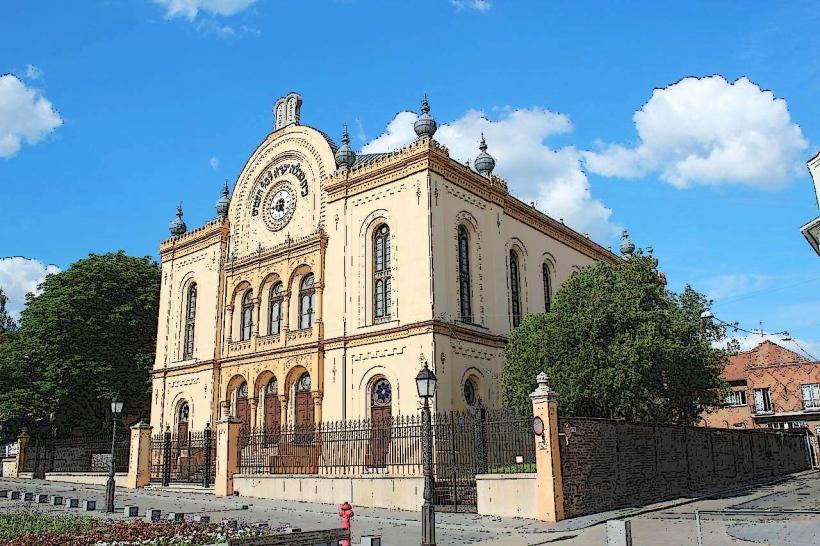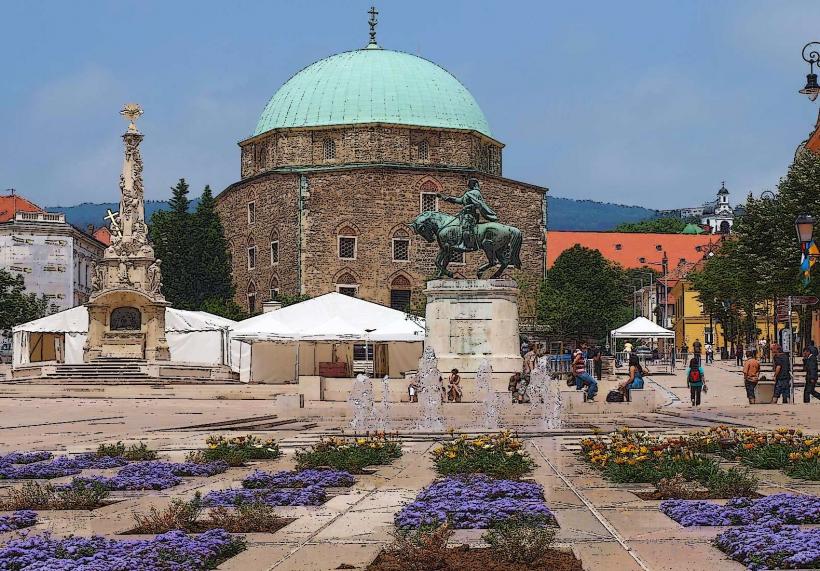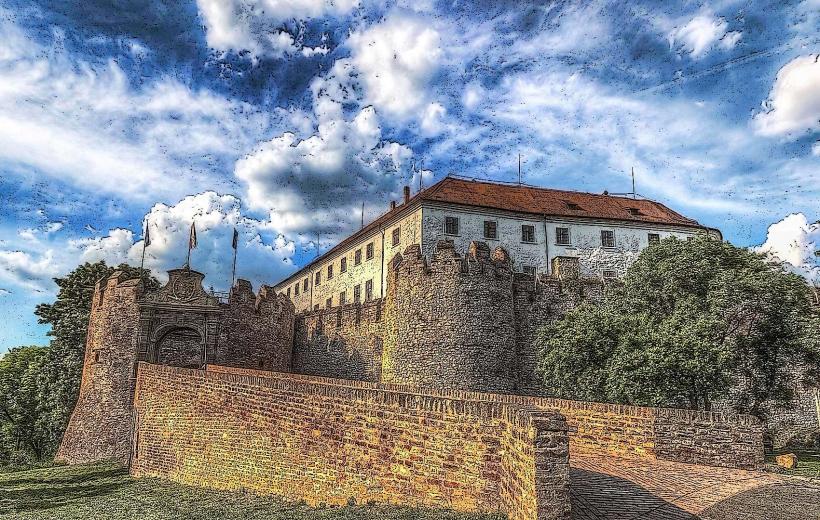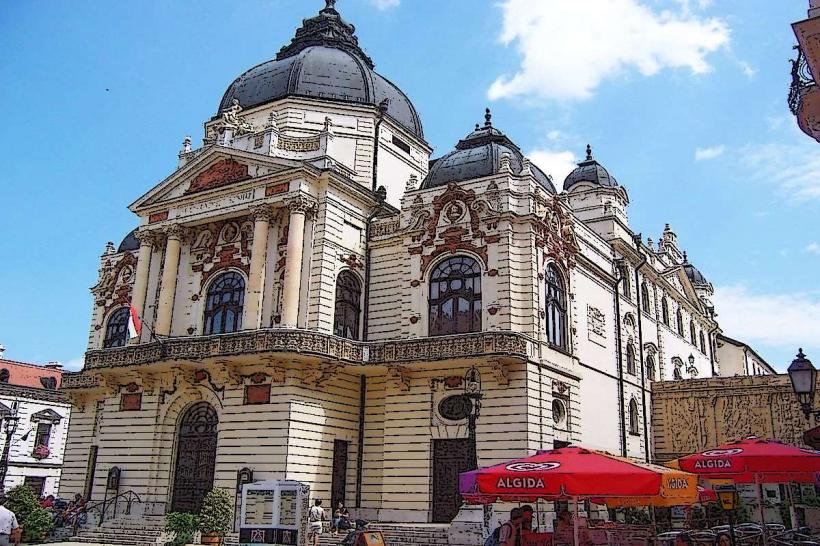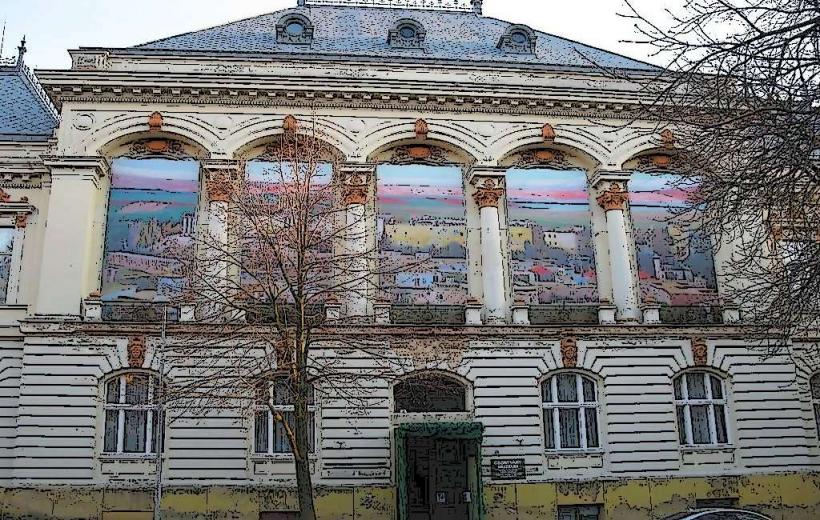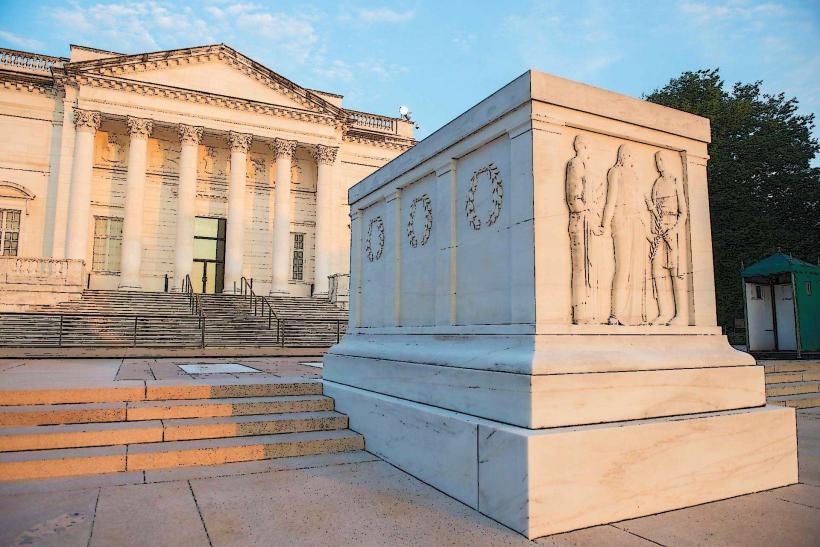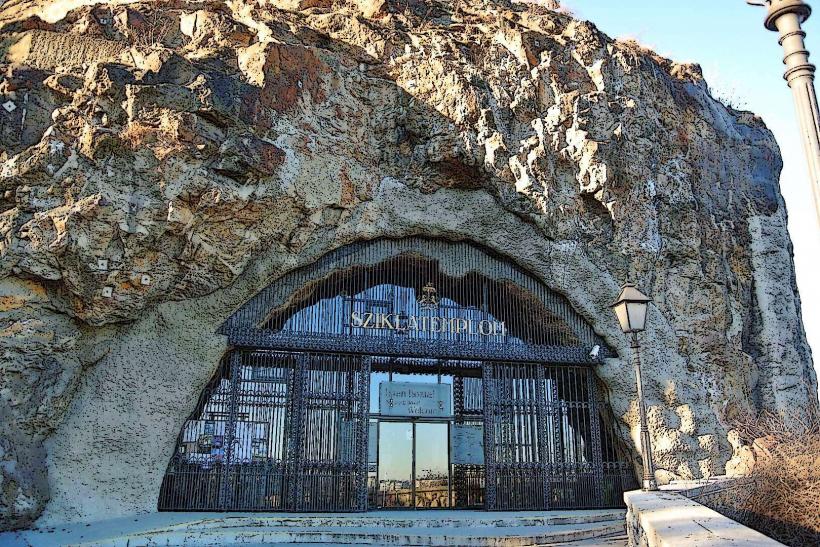Information
Landmark: Csontváry MuseumCity: Pecs
Country: Hungary
Continent: Europe
The Csontváry Museum (also known as the Tivadar Csontváry Kosztka Museum) is located in Pécs, Hungary, and is dedicated to the works and legacy of the Hungarian painter Tivadar Csontváry Kosztka (1853–1919), one of Hungary’s most prominent and unique artists. The museum is housed in a former mansion that was renovated to showcase Csontváry's works, as well as artifacts from his life.
About Tivadar Csontváry Kosztka
Tivadar Csontváry Kosztka is considered one of Hungary's greatest painters, known for his expressive and visionary approach to landscape painting. His works stand out for their bold use of color, dramatic compositions, and the influence of Symbolism and Impressionism, even though he remained largely self-taught. Despite his distinctive style and visionary approach, Csontváry was not widely recognized during his lifetime, and his work gained significant attention only after his death.
Historical Background
Csontváry’s Early Life: Born in 1853 in Szászváros (now in Romania), Csontváry initially trained as a pharmacist before deciding to pursue his passion for painting. He studied art in various cities, including Vienna and Munich, but much of his artistic education was self-guided.
Unique Artistic Vision: Csontváry’s work often depicted dramatic and otherworldly landscapes. His famous painting, "The Lonely Cedar", for example, is a striking representation of a solitary tree in a barren landscape, symbolizing his sense of isolation and unique place in the world of art.
Later Life and Legacy: Although Csontváry had some recognition during his lifetime, his work was largely ignored by the mainstream art world. After his death in 1919, however, his genius was gradually acknowledged, and today he is regarded as one of Hungary’s most influential and original painters.
The Csontváry Museum
The Csontváry Museum in Pécs was established to preserve and showcase the artist’s major works and provide insight into his life and artistic journey. The museum is located in the city’s Király Street, in a building that itself holds historical value.
Key Highlights of the Museum:
Permanent Exhibition of Csontváry’s Paintings: The museum houses the most extensive collection of Csontváry’s works, including some of his most celebrated pieces, such as:
- The Lonely Cedar (1903)
- The Cyclamen (1900)
- Sunset in Venice (1904)
- Self-portrait (1902) The paintings reflect his bold approach to color and his fascination with nature and spirituality.
Thematic Rooms: The museum is organized into various sections that provide a deeper understanding of Csontváry’s life and artistic journey. Some rooms are dedicated to his self-taught methods, while others focus on his inspirations and his time spent traveling, especially in places like Italy, Egypt, and Palestine, which significantly influenced his work.
Artistic Context: The museum also provides context for Csontváry’s work in relation to contemporary movements such as Impressionism and Symbolism, and it highlights how his art prefigured some of the modernist trends of the early 20th century.
Personal Artifacts: Visitors can explore personal artifacts and documents related to Csontváry, including his sketches, letters, and items from his travels. These materials offer a glimpse into his personal life, his creative process, and his emotional world.
Architectural Setting: The museum is housed in a neoclassical building that adds to the grandeur of the experience. Its well-designed spaces highlight the emotional depth and visionary qualities of Csontváry’s work. The building’s interiors are carefully arranged to allow the visitor to experience the powerful emotional tone of his art.
Temporary Exhibitions: The museum also hosts temporary exhibitions, showcasing Csontváry's influence on contemporary artists, as well as exhibitions related to the broader context of Hungarian art.
Educational Programs: The museum offers a range of educational programs and guided tours to help visitors, both art enthusiasts and students, understand Csontváry’s artistic legacy.
Visiting the Csontváry Museum
The Csontváry Museum is located in Pécs, a city in the southern part of Hungary known for its rich cultural heritage and historical sites. Pécs itself is a UNESCO City of Culture and an important center for Hungarian art.
The museum is open year-round, with guided tours available in multiple languages. It is recommended to check for special events or temporary exhibitions before visiting.
Conclusion
The Csontváry Museum in Pécs is a unique institution dedicated to one of Hungary’s most visionary and individualistic artists. By offering a comprehensive collection of Tivadar Csontváry Kosztka’s works, along with personal artifacts and historical context, the museum provides an in-depth exploration of his life and legacy. For anyone interested in Hungarian art or modernist painting, a visit to the Csontváry Museum is an unforgettable experience.

